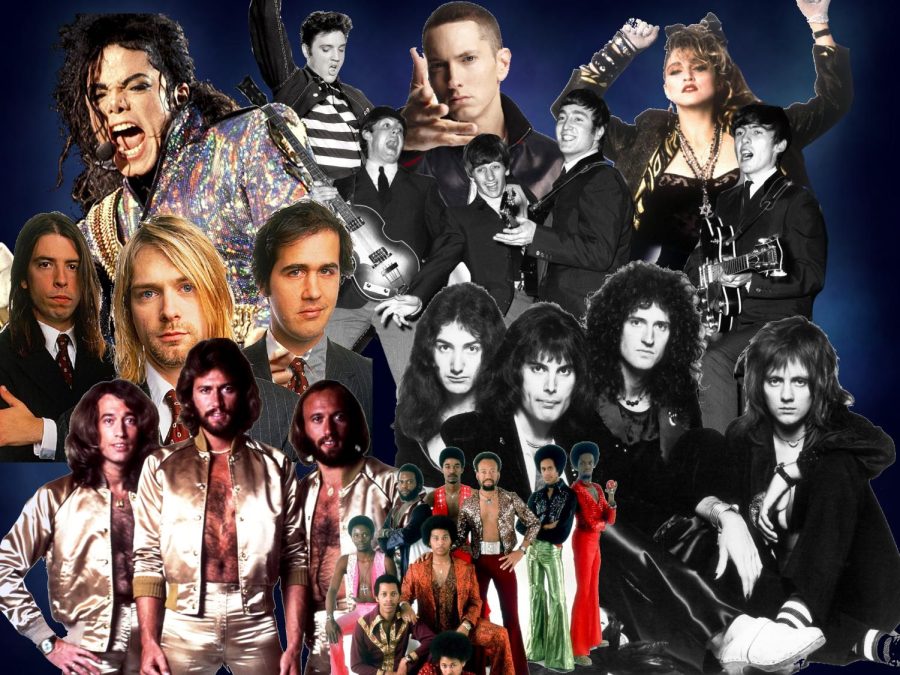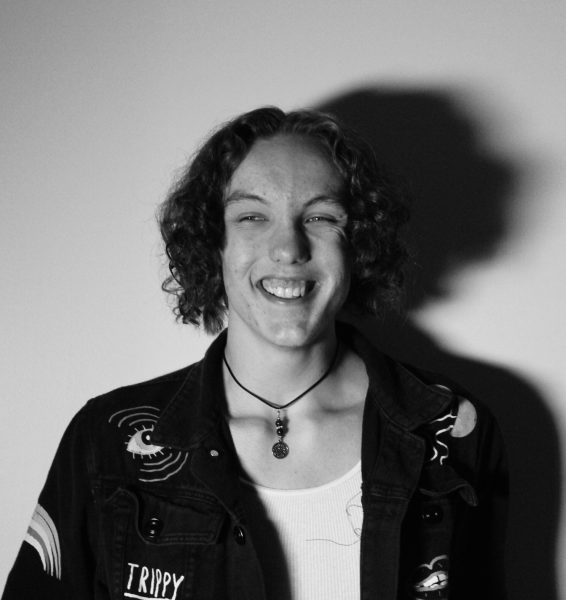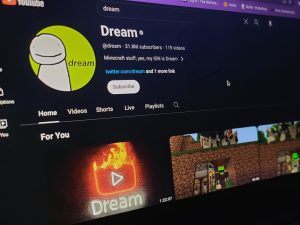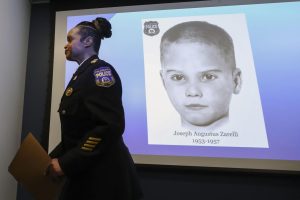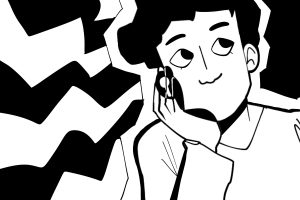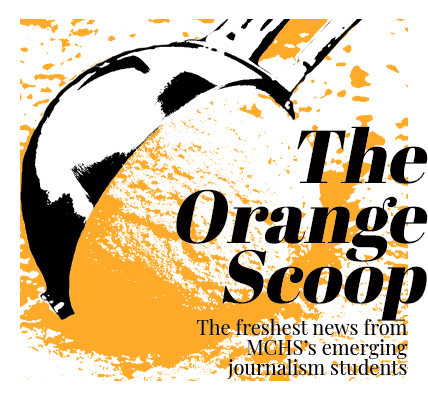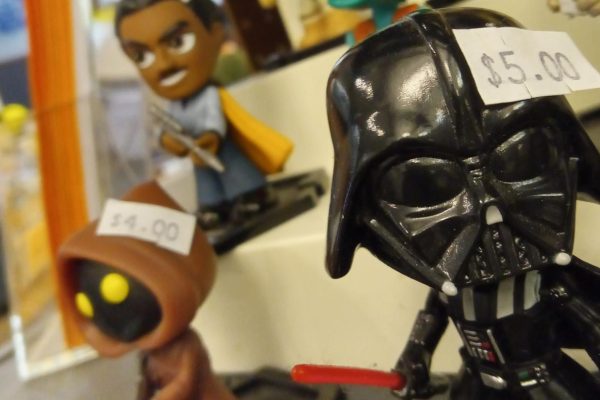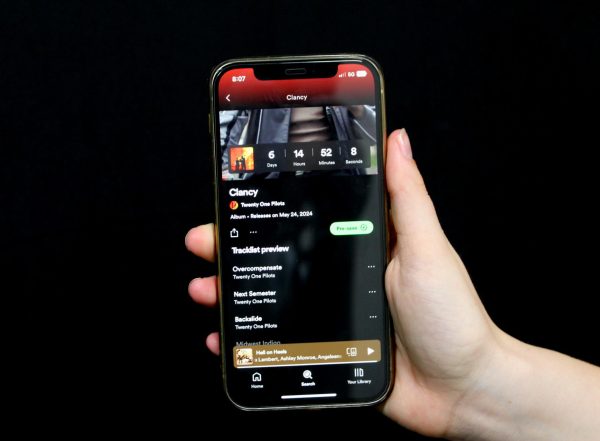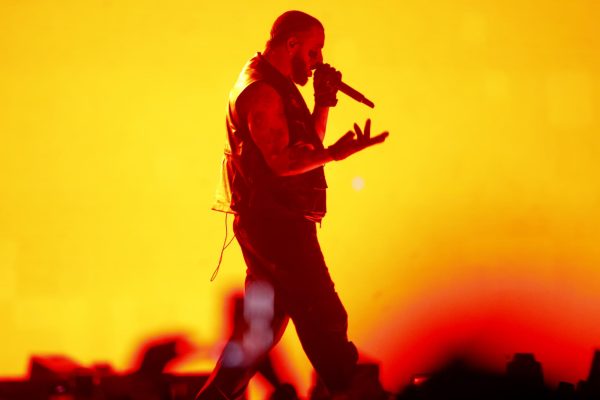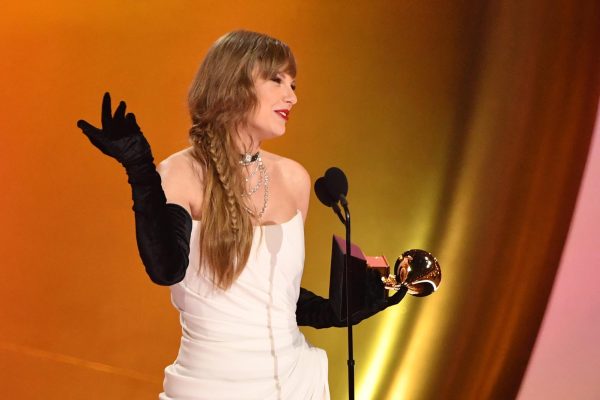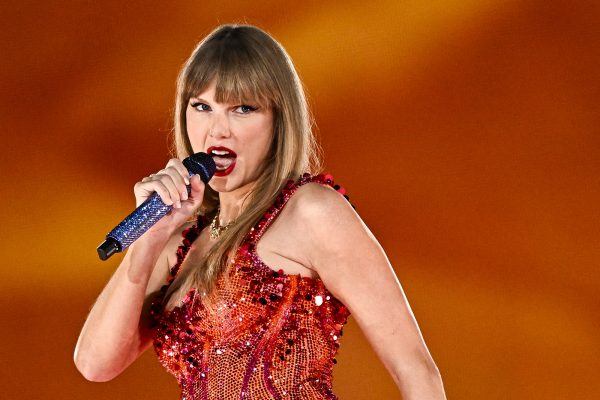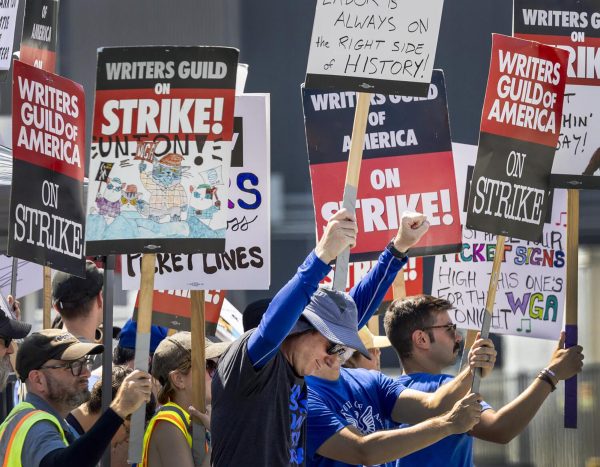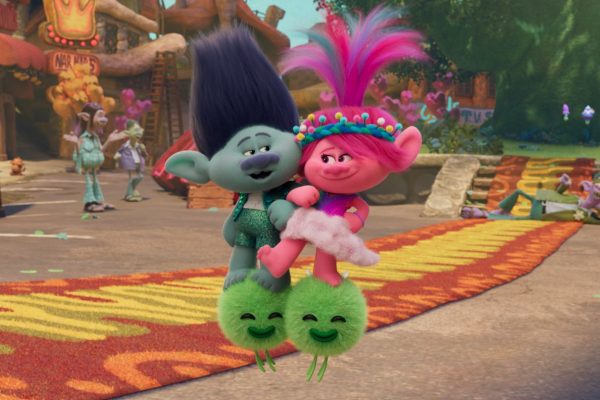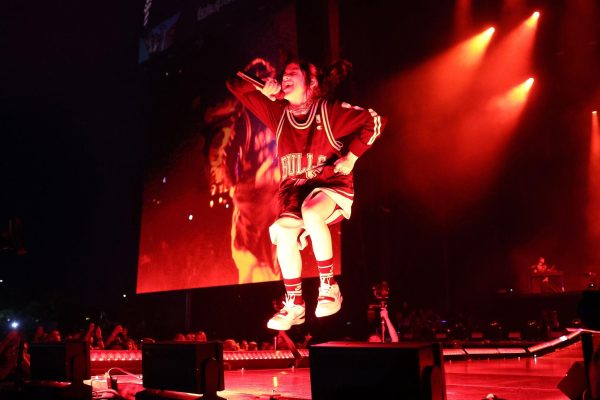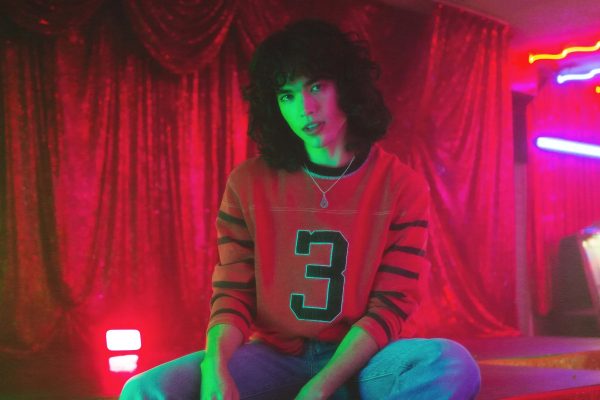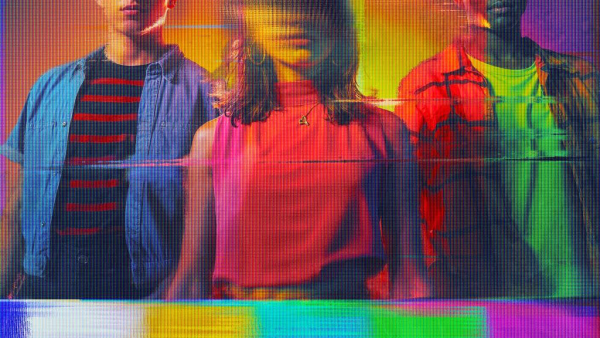Cultural resets: Moments that changed the focus of popular music
Music has influenced popular culture for ages, but how has this music changed over the years?
Music has always been an important aspect in the culture of the world, but how has music influenced changes in that culture?
May 2, 2023
Music is an ever evolving, and ever important piece of our culture. We at The Messenger have attempted to mark shifts in the ocean over the course of American musical history. For the purposes of this story, a cultural reset is defined as “An artist, album, song, or performance that completely changes the focus of music for an extended period of time, or otherwise defines a movement in it.”
The ’50s and ’60s
We begin this journey at the moment where popular music, as we know it, was defined. Elvis Presley, beginning his rise to fame in 1955, is widely regarded as the first rockstar, and I attribute him with making music something you heard everywhere, rather than something primarily present in clubs. The music he perpetrated, inspired by blues, was innovated by black artists, and the argument can be made that Elvis stole from black culture in order to get famous. Despite what he did to get to his position in pop culture, it cannot be argued that he changed the idea of popular music completely, making rock n’ roll (and its many variations) the number one genre for years to come.
The next stop is across the pond in Great Britain, with a little band called “The Beatles”, and their performance on the Ed Sullivan show in 1964. The first boy band in history would see their rise to pop culture godhood after this performance, and would change the rock genre numerous times, with progressive, psychedelic, and British invasion all being attributed as creations of Lennon, McCartney, Starr, and Harrison. Over the coming decades, their albums like “Sergeant Peppers”, “Revolver”, and “The White Album” would be joined by “Dark Side Of The Moon” by Pink Floyd, the rise of Queen, and other classic rock acts.
However, the final step in the formation of rock and roll would come at Newport Folk Fest, 1965, with the first electric performance by folk artist Bob Dylan. Dylan, present in a genre centered around acoustic sounds, would stir controversy with his use of the electric guitar, which at the time was seen as a symbol of counterculture and anti-establishment ideas. However, as we know with the power of hindsight, electric guitars would become the key tool for artists in the rock scene for decades after.
The crown jewel of this era of music came in 1969. With the Vietnam War raging on, and the media making the crimes, and unnecessary nature of the war apparent, the generation of Americans growing up in this climate would take a stand against a government that they were losing faith in. This would coalesce into the Peace And Love movement, and it would be accompanied by many musical compatriots.
In this climate would come Woodstock 1969, a 4 day festival for the hippies and anti-war musicians to celebrate themselves, and live life their way. Performers like Janis Joplin, the Grateful Dead, CCR, and Santana would be present, but no performance was as iconic and defining as Jimi Hendrix. His rendition of The Star Spangled Banner, to an exhausted and demoralized crowd, would be (in my opinion) a sort of credit theme for the rise of rock, showing its nature as an anti-establishment, opinionated, and revolutionary genre.
The ’70s and ’80s
Going into the 1970s however, a new genre of music, led by synthetic sounds invented in the 60’s and emerging from the clubs of the day would take hold. The age of disco, which would rule the ’70s with an iron fist. With artists like the Bee Gees, Earth Wind and Fire, and an up and coming Micheal Jackson at the helm, the ship that was disco was smooth sailing for the majority of the ’70s. However, its rise would come as quickly as its fall. In 1979, “Disco Demolition Night,” a publicity stunt in which disco records would be burned in a dumpster in the middle of Comiskey Park in Chicago, before a MLB game. The stunt would end with fans rushing the field and rioting, and along with this incident and other controversies, disco would fall out of popularity. Although, its influence on pop music would be felt throughout the 80’s with its use of bass, synths, and drums being incorporated into R&B long after.
In 1982 Micheal Jackson would release what would be the biggest album of all time, “Thriller.” Its impact on pop music does not need an introduction. Its disco and funk inspired instrumentation would define the sound of the decade, and make the image of a “pop star” official. Jackson would continue his reign as king of pop long after Thriller, but this album’s release would not only be his coronation, but the solidification of the pop genre.
Another artist who would define pop would be Madonna in 1983. She, doused in controversy and ridicule by older audiences, would use her promiscuity to set herself apart from her contemporaries. She would be the first female artist to do so, and would become an icon because of it, paving the way for women in the pop genre for years to come.
With all of the buzz about pop, disco, and funk, it’s important to note that rock was still alive and well just like we left it throughout the ’80s. The classic rock era would culminate in Live Aid 1985, a benefit concert held in both Wembley Stadium and John F. Kennedy Stadium, and was broadcast across the world. While raising money to aid those suffering from famine in Ethiopia, artists like David Bowie, U2, The Who, Elton John, and Paul Mccartney would sing the great swan song for rock. Although no performance is as iconic as Queen’s appearance. Arguably the greatest performance of all time, this would be the key moment in the rock genre– at least until the early ’90s.
However before then, we have one more stop in the ’80s. By 1988, a new genre, a culmination of numerous musical inspirations, had been brewing in New York, pioneered by African-American DJ’s and lyricists. Hip-hop was born, but it began as an upbeat, funky, and largely marketable genre. That is until it reached the West Coast in Los Angeles. The release of “Straight Outta Compton” by Compton natives “NWA” would redefine the genre. Gangsta rap, which NWA defined as being a reflection of their lifestyle, while controversial, cannot be argued in its impact in popularizing the genre. It also would set the climate for the East Coast/West Coast competition over who ruled the rap game that would define the early ’90’s, and pave the way for artists like 2pac, Notorious B.I.G, Snoop Dogg, and begin the careers of band members Dr. Dre, Eazy E, and Ice Cube. It cannot be disputed that without this record, there would be no rap the way we know it today.
The ’90s
The 1990s started with a hard left turn, and a bang, to say the least. In 1991, Seattle grunge band “Nirvana” would release “Nevermind”. This distorted, angry, counter-culture album would completely change popular music near overnight. Hair metal bands and the theatrics of classic rock were out in favor of dirty, punk and metal inspired fuzzy electric guitars and hammering drums. Nirvana and their rise from nobody’s to the most popular band in the world would come with a complete tone shift that would define the ’90s. A time of counter culture, and rage against the world would breed bands like Soundgarden, and Pearl Jam. With that being said, Nirvana would never be out-shined in the early ’90sgrunge scene, even after the unfortunate passing of frontman Kurt Cobain. Nevermind, and the grunge movement it popularized, would be the feedbacking broken speaker signaling to audiences that music was changing, and that anyone could change it.
Coinciding with the grunge movement, rap was beginning to take control of popular music as well. The rivalry between New York rappers and Los Angeles MC’s would be host to albums like “Ready To Die,” “The Chronic,” “Illmatic,” “The Infamous” and “All Eyez On Me,” with the front lines being drawn by 2pac of the West Coast, and Biggie of the East Coast. However, the light of this raging fire would soon snuff out the two who fueled it the most. With the deaths of Tupac and Biggie in 1996 and 1997 respectively, rap was entering a new era. Many in the genre were left wondering what was next, and that feeling would be shared for years to come, with many attempting to claim the throne of the next top rapper.
The raunchy and controversial nature of music in the 90’s would bleed into pop radio as well, most clearly with the debut of Britney Spears in 1998. While the previously mentioned Madonna was the innovator for promiscuous themes in popular music, Britney Spears built it into the tyrannical ruler of radio waves for decades to come. Her success, and use of hip hop and alternative rock inspired production rather than synths and funk, would inspire pop artists ever generation thereafter.
The anger of the 90’s would all come to a head at a familiar setting. If Woodstock ’69was a celebration of peace and love, then its sequel, Woodstock ’99, was the absolute indiscriminate destruction of it. The free spirited nature of the festival would turn into anarchy, being a final crescendo for the movement of the 1990s. The event was riotous, horribly unorganized, and extremely dangerous, and its blaze of glory will be remembered in infamy.
The 2000’s
With the turn of the century, rap was still aimlessly wandering the radio. What was the next step for rap? Eminem. The last time a white rapper got radio play he was singing “Ice, ice, baby” so you can imagine the surprise, shock, and morbid curiosity that Eminem’s lyrics would draw. His second record “The Marshall Mathers LP” would really make him a household name, and would pull rap in the new direction it so desperately needed: into the minds of angry parents and the TV’s of impressionable kids all across the country. Eminem’s reign over rap would be a key stepping stone in hip-hop becoming the titan it would be through the 2000’s to today.
The spirit of the 90’s survived long into the mid 2000s. With the war on terror raging, it was no longer just the counter culture that was angry, but everyone was beginning to lose faith in the government. Green Day’s “American Idiot” would bring that resentment and fear to music. This was a metaphorical megaphone telling people “rock is more alive than it has ever been, and we are going to yell until you hear it too.” This attitude, and the fear and paranoia present in the decade, would spawn numerous sub-genres of the remnants of ’90s rock. The environment would lead to mixed emotions, and My Chemical Romance’s “The Black Parade” would be a reflection of that. Emo rock had been brewing long before 2006, but its popularity would peak with The Black Parade. Elements of punk that had bled over from the still beating heart of the 1990s would split the road between Green Day’s protest, and MCR’s sorrow, both of which would define the sound of rock long after.
The 2010’s-Present Day
Going into the 2010s, rap had become bigger than anyone could’ve ever anticipated. After Eminem’s rise, rap took over the club, became a chain-flaunting breeding ground for artists like “Lil Wayne”, and going into the new decade, two roads would diverge in the genre that was steadily becoming the number one in American music. These two roads are defined by Drake’s “Take Care” and Kendrick Lamar’s “To Pimp A Butterfly” from 2011 and 2015 respectively. Drake, and artists he would inspire, would take over the radio, while Kendrick would bring jazz and experimental rap to the public spotlight. Rap now had a sound for everyone, and the 2010’s would be the end of a race that started long ago for rap. By the end of the decade, with the voices of the more experimental and introspective Kendrick, and the R&B, radio ruler Drake, hip hop would become the most popular genre in America.
Music as a whole, however, will always be most impacted by its format. The rise of hip hop can also be attributed to streaming services such as Soundcloud which would allow for any artist with a microphone to make music. It would bring trap to the front of the scene for a time, be the place where artists like Juice WRLD, XXXTentacion, Ski Mask The Slump God, and others would make their names, and these young artists would go on to form festivals like Rolling Loud, and control the music industry simply because their music was so accessible. Rap is not the only genre that gained popularity through streaming services. The alternative rock of the 2000’s had inspired young rappers to write about mental struggles, and had also inspired independent artists to continue with new genres of rock, pop, and folk coming to fruition now that anyone with a guitar could get their voice out there. All in all, streaming services would change every genre of music by making it more accessible, and through that making it quicker to evolve and inspire new artists.
Music continues on. Rap remains the reigning champion, alternative rock and pop are having their times in the spotlight as well. Streaming services are raising the questions of how independent artists should be paid, and undoubtedly: there is another cultural reset on the horizon. Until then, the climate remains unique from all other variations before it, and will continue to expand.



